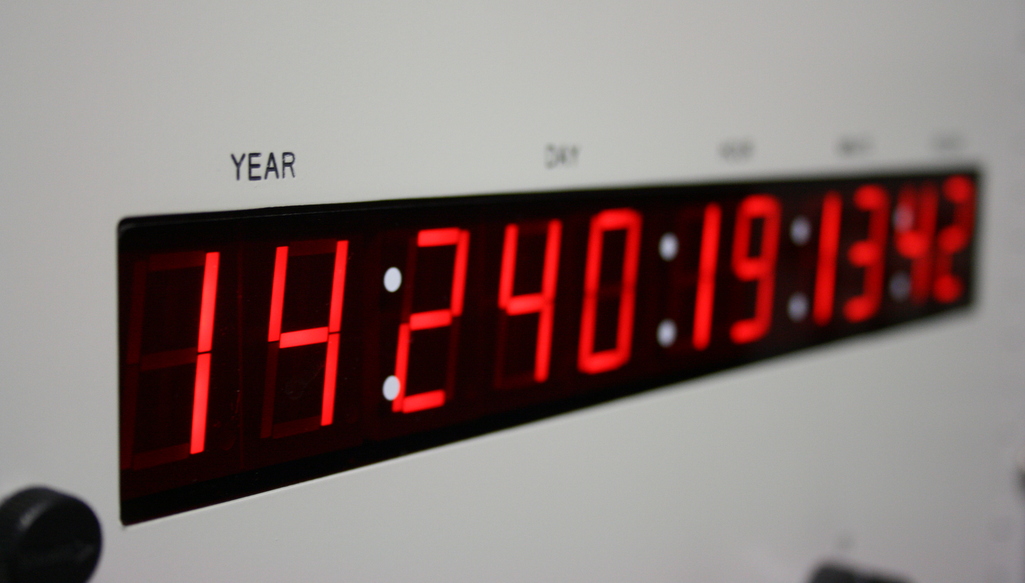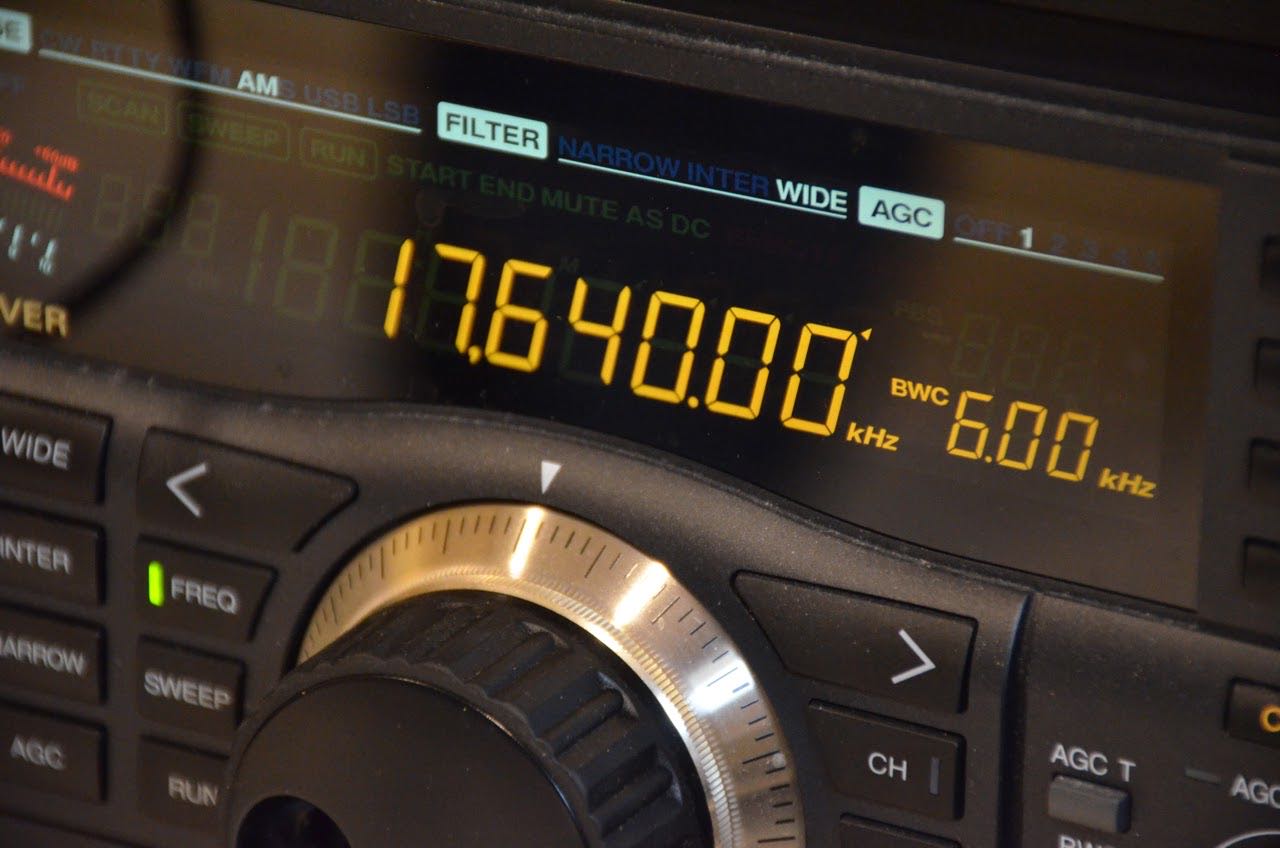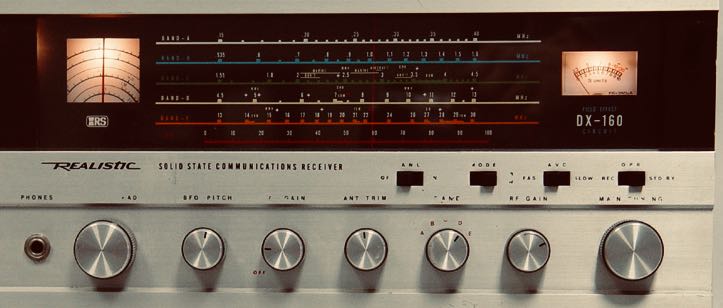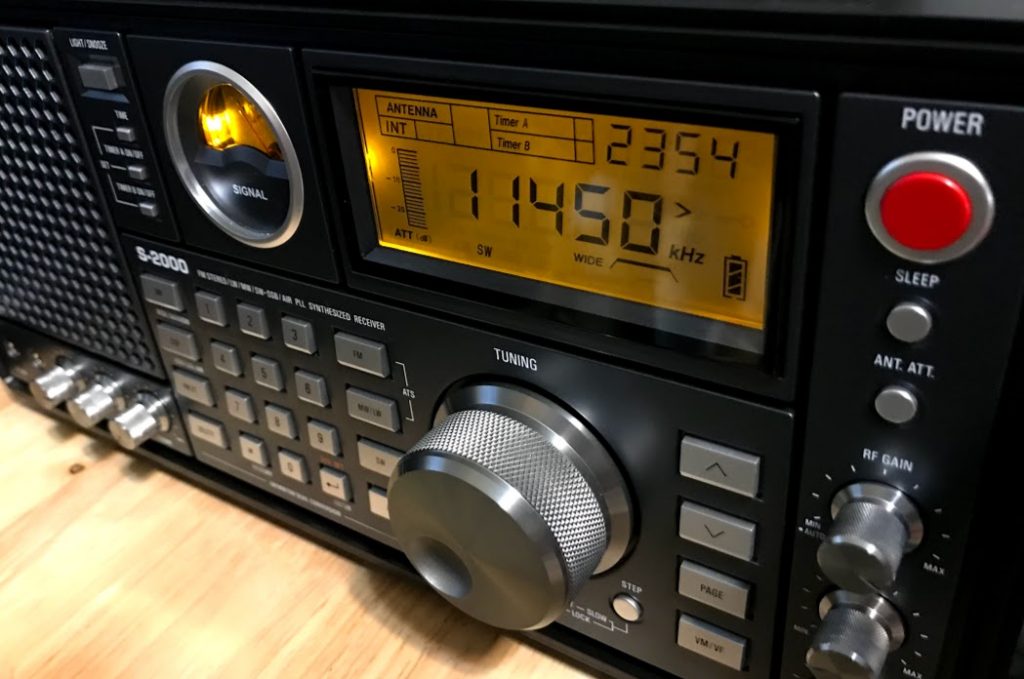 Radio Waves: Stories Making Waves in the World of Radio
Radio Waves: Stories Making Waves in the World of Radio
Because I keep my ear to the waves, as well as receive many tips from others who do the same, I find myself privy to radio-related stories that might interest SWLing Post readers. To that end: Welcome to the SWLing Post’s Radio Waves, a collection of links to interesting stories making waves in the world of radio. Enjoy!
Many thanks to SWLing Post contributors Mike Terry, Dan Robinson, Ulis Fleming, and William Lee for the following tips:
Switzerland Inches Closer to FM Switch-Off (Radio World)
GENEVA — Switzerland is embarking on the next phase of its digital radio switchover strategy. In May René Wehrlin, media specialist at Switzerland’s Federal Office of Communications (Ofcom) announced the country’s next steps toward the country’s total transition to DAB+.
Ofcom officially confirmed in 2019 that the nation would say “adios” to all FM radio programs by the end of 2024 at the latest. At the time, the “Digital Migration” (DigiMig) working group, set up by the Swiss private and public radio sectors and Ofcom in 2013, stated that 68% of radio listening was digital, 37% of which was via DAB+ and 15% exclusively via FM.[…]
Guyana refuses US’ request to facilitate radio broadcasts to Venezuela (Demerara Waves)
Guyana’s President David Granger late Friday said his administration rejected a request by the United States (US) to use the medium wave radio frequencies of this South American nation to broadcast Voice of America programmes to Venezuela.
Mr. Granger said Guyana turned down the request because of security, health and political risks that Guyana could expose itself to with Venezuela which is claiming the Essequibo Region that makes up about two-thirds of this former British colony.
“Given the length of an unpoliced western border, the influx of refugees, the unsettled territorial question and the public health risks, it would not be in our national interest to do anything to contribute to destabilising relations at this time,” the President said.
A US Embassy spokeswoman said the American government was no longer interested in the project. ” The U.S Agency for Global Media is not actively considering this anymore. It is important that the people of Venezuela have access to uncensored news from credible Venezuelan and international journalistic news sources. Guyana has shown leadership in the past, in defense of representative government by joining other Lima Group members from the Americas to strive for a democratic resolution to the crisis in Venezuela,” she said.[…]
Close encounter between US-China militaries captured by radio amateur (South China Morning Post)
The Chinese navy has warned off a US military plane that briefly flew close to the southern coast of China, north of the Taiwan Strait, according to a Beijing-based think tank.
In a 34-second scratchy radio recording released by the South China Sea Strategic Situation Probing Initiative (SCSPI), a think tank based in Beijing, a man – purported to be a Chinese naval official – can be heard saying in English: “This is China Naval Air Force on guard, you are approaching Chinese air domain, change your course immediately or you will be intercepted.”
He then repeated the warning in Mandarin Chinese.The institute said on its Twitter account that the recording was captured on Thursday morning by a radio amateur. It remains unclear which aircraft was involved, or if there was any face-off in the air.[…]
Charity Intelligence recommends Farm Radio International (Charity Intelligence)
Charity Intelligence is recommending donors support Farm Radio International for the coronavirus pandemic. Farm Radio has a network of over 1,000 radio programs reaching more than 250 million people in 41 countries across Africa.
To donate to Farm Radio’s covid-response
Communication is critical in the early stages of a disease outbreak to give people information. Rumours swirl that Africans cannot get coronavirus. Tanzania’s president, Magufuli, said churches should stay open because the coronavirus is “satanic” and “cannot survive in the body of Christ.” As all have witnessed, fake news has harmful consequences with the quick coronavirus.
Farm Radio International is a Canadian, medium-sized charity with donations of $3.9m in 2018. Typically, a charity of this size would not be front of mind in a global response. Yet Farm Radio has the existing platform and local operations to play an effective role reaching millions quickly in a coronavirus response. Early communication is an urgent need. […]
Do you enjoy the SWLing Post?
Please consider supporting us via Patreon or our Coffee Fund!
Your support makes articles like this one possible. Thank you!







